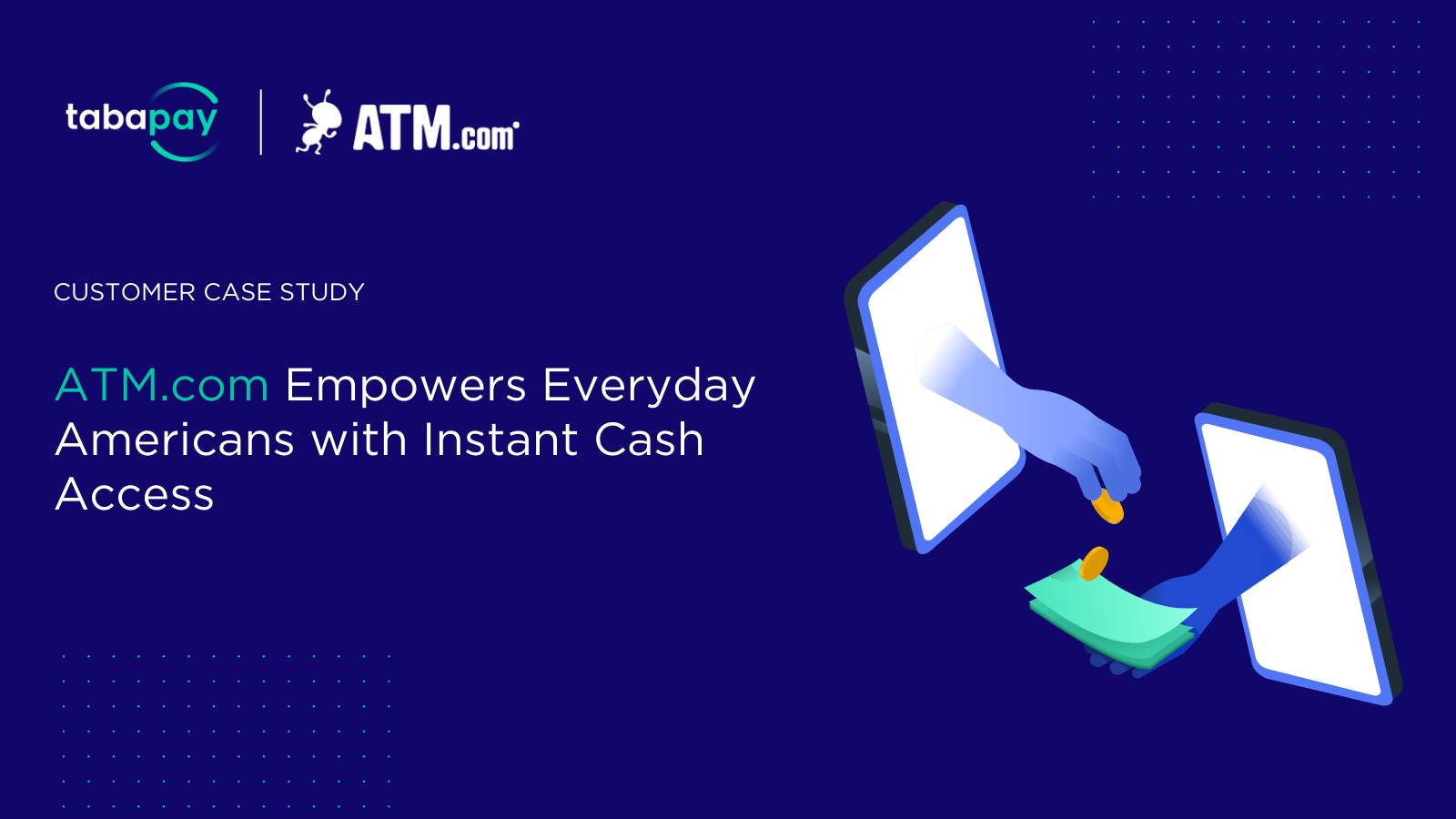Payments technology is constantly evolving. However, that evolution often lags behind customers’ demands. Both consumers and businesses are increasingly calling for instant payments, and the industry must do more to answer that call.
Instant payments are transactions that process and settle in seconds, sometimes even fractions of a second. Consumer, person-to-person payments from apps like Venmo and Zelle pushed real-time payments to the forefront of the conversation, especially during the pandemic when this method became a necessity. Consumers began to question why other payments aren’t immediate, resulting in instant payments expanding to business-to-consumer payments (B2C) and business-to-business (B2B) payments.
Reaching Maturity
As technologies that enable immediate experiences become increasingly ubiquitous, consumers have learned to expect everything instantly. Based on these consumer experiences, businesses have also come to expect instant services.
Financial services customers are no exception. They want to access and transfer their funds in real time without delay. According to a study by the Aite Group for Visa Direct, 38% of financial services customers report that they are frustrated by delays in account-funds availability. An overwhelming 93% want to transfer funds out of their accounts in real time, and 90% want the ability to transfer funds between their accounts instantly. Perhaps most notably, 68% say that the ability to fund or withdraw money in real time would cause them to use their accounts more.1
This demand is beginning to extend beyond funds availability to instant payments, and fintechs are building businesses using these use cases. The Gartner Hype Cycle is a visual graphic developed by technology research company Gartner, Inc. to track the maturity of emerging technologies. This cycle shows instant/real-time payments near the top of the “slope of enlightenment” when the market begins to understand the many ways that a new technology can benefit an enterprise.
Current Capabilities
The technology and infrastructure for instant payments is here with more options on the way. Credit and debit payments via global brands and regional debit networks have provided instant authorization and next day settlement (T+1) for decades. More recently, processors have started to manage PCI compliance for merchants, begun to offer quicker settlement options and truly instant account funding options. The Clearing House launched the RTP® network, a new real-time payments system in 2017 and has been widely adopted by major banks. RTP allows member financial institutions and technology providers to clear and settle payments in real time to bank accounts. The Federal Reserve plans to launch a new instant payment service, FedNow, in mid-2023. Additionally, several associations and working groups are exploring the feasibility and use cases for a digital dollar, which would process and settle in real time or near-real time.
There are benefits and limitations to each payment or method discussed above and consumer payment behavior can be slow to change. As an example, while checks have significantly declined in use, they are still used for by 55% of Americans and have a higher average dollar value than other payment methods. While it seems like all payments are electronic and fast, we still have a long way to go. The good news is that there are multiple options for fintechs to leverage instant payments to delight their customers and differentiate themselves from legacy providers.
Our next blog post will dive further into how innovators are using instant payments to grow and thrive in an instant-first world.
1 Visa Direct Banking and Brokerage Consumer Study, Aite Group, 2020






